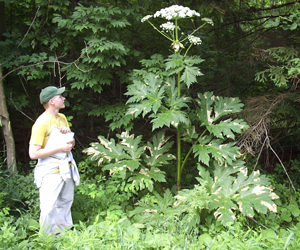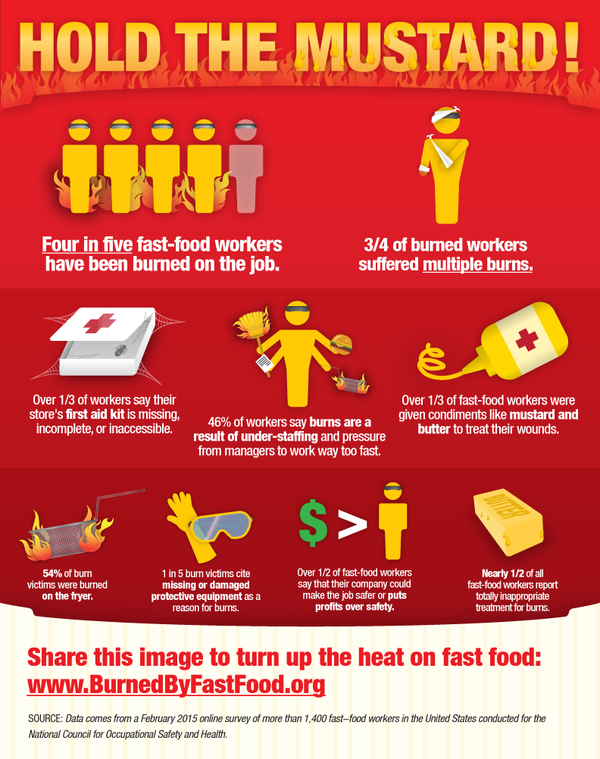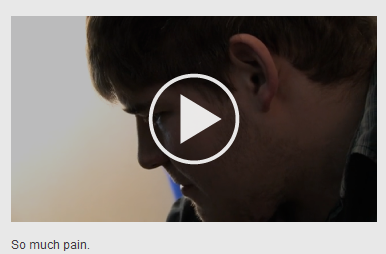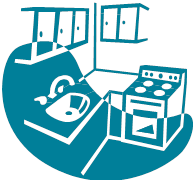It looks like a giant Queen Anne’s lace but it’s nothing like it. While Queen Anne’s Lace (Daucus carota) can be somewhat life sustaining (it’s actually a wild carrot as it’s Latin name implies), Giant Hogweed (Heracleum mantegazzianum) is extremely toxic.
“The sap of giant hogweed causes phytophotodermatitis in humans, resulting in blisters, long-lasting scars, and—if it comes in contact with eyes—blindness.” (Source: wikipedia).
The sap is actually photosensitive meaning that it reacts to sunlight and causes the burning in reaction to ultraviolet rays.
Additionally the sap of giant hogweed can cause permanent scaring.
(Source: http://www.dec.ny.gov/animals/39809.html)
If you think you’ve been exposed to the sap of a giant hogweed, wash the area thoroughly with COLD water and keep it out of the sun for at least 48 hours.If you get the sap in your eyes wash the eyes out thoroughly and keep any remaining sap from activating by wearing sunglasses outside.
Find out more about treating exposure to the Giant Hogweed sap here).
Giant Hogweed has emigrated from Canadian and has been reported in several states in the US (I know we have it here in WA because a friend of mine found a giant beautiful plant in his yard that he couldn’t identify. A Facebook post identified it and he was able to get rid of it before it had done any damage, fortunately).






